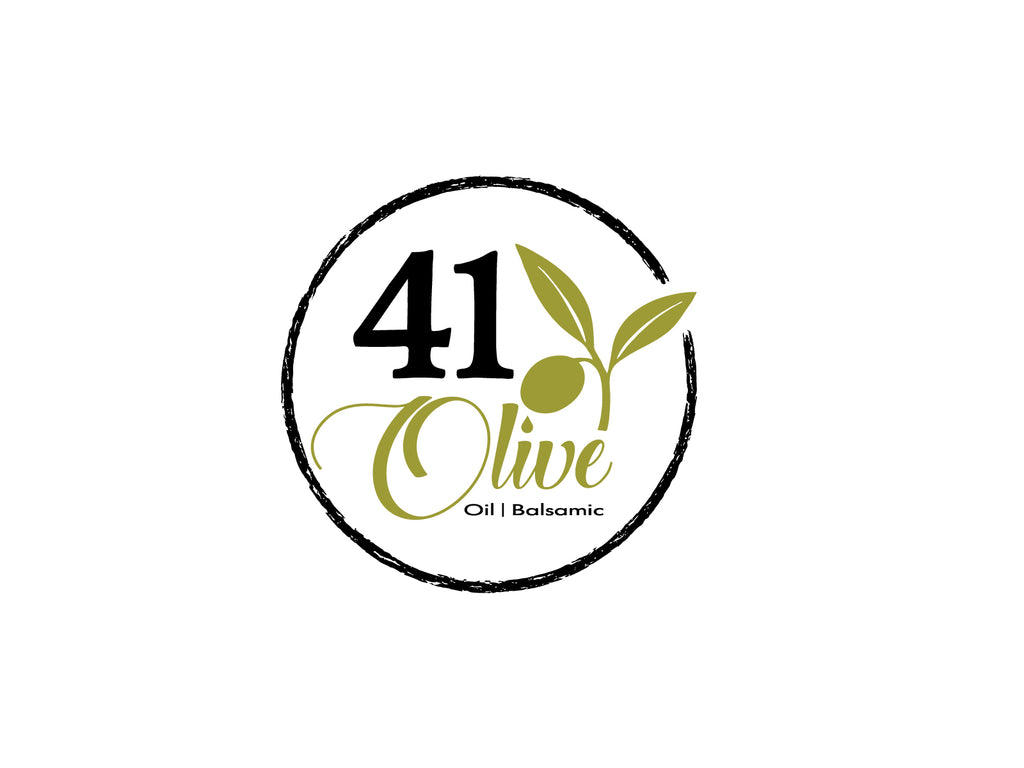The Condensed Delight: Can Balsamic Vinegar Be Reduced and What Are the Benefits?
Balsamic vinegar, a staple in many Italian kitchens, is a condiment that's often used to add depth and complexity to dishes. But did you know that you can take its flavor to the next level by reducing it?
Reducing balsamic vinegar is a process that involves cooking it down to concentrate its flavors and create a rich, syrupy consistency. In this article, we'll explore the benefits of reducing balsamic vinegar, the best methods for doing so, and some surprising ways to use the resulting glaze.
Reducing balsamic vinegar is a simple process that requires patience and attention to detail. Here are the basic steps:
- Choose the right balsamic vinegar: Opt for a high-quality, thick, and syrupy balsamic vinegar with a rich, dark color.
- Heat it up: Place the balsamic vinegar in a saucepan over low heat.
- Simmer and reduce: Allow the vinegar to simmer for about 30-40 minutes, stirring occasionally, until it reaches your desired consistency.
- Strain and filter: Strain the reduced vinegar through a fine-mesh sieve or cheesecloth to remove any sediment or impurities.
- Concentrated flavor: Reducing balsamic vinegar allows its natural flavors to shine through, making it a perfect addition to dishes where a strong flavor is desired.
- Thicker consistency: The reduced glaze is perfect for drizzling over meats, cheeses, or vegetables, adding a rich and velvety texture to your dishes.
- Shelf life: Reduced balsamic vinegar can be stored in the fridge for up to 6 months, making it a great option for meal prep or gift-giving.
- Myth: Reducing balsamic vinegar will make it too sweet: Not true! The sweetness of the balsamic vinegar comes from its natural fermentation process, and reducing it will only concentrate its flavors.
- Myth: Reducing balsamic vinegar is a complicated process: False! Reducing balsamic vinegar is a simple process that requires minimal equipment and attention.
- Use reduced balsamic vinegar as a glaze: Drizzle the reduced glaze over meats, cheeses, or vegetables for a sweet and tangy flavor.
- Add it to sauces and marinades: Use reduced balsamic vinegar as a base for sauces and marinades, adding depth and complexity to your dishes.
- Make a balsamic reduction gel: Mix reduced balsamic vinegar with agar agar or gelatin to create a settable gel that's perfect for adding to cocktails or desserts.
Conclusion:
Reducing balsamic vinegar is a simple yet powerful technique that can elevate your cooking to new heights. By following these basic steps and understanding the benefits of reduction, you can create a rich and flavorful glaze that's perfect for adding to your favorite dishes.
Whether you're a seasoned chef or a cooking novice, reducing balsamic vinegar is a skill worth mastering. So, next time you're looking to add a little something extra to your cooking, give balsamic vinegar reduction a try!
